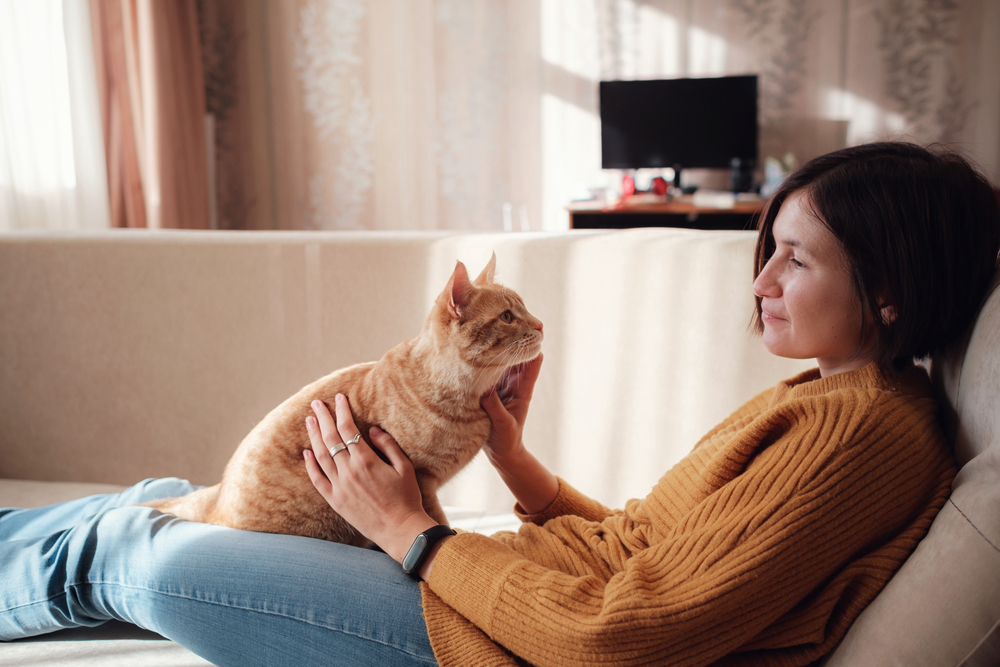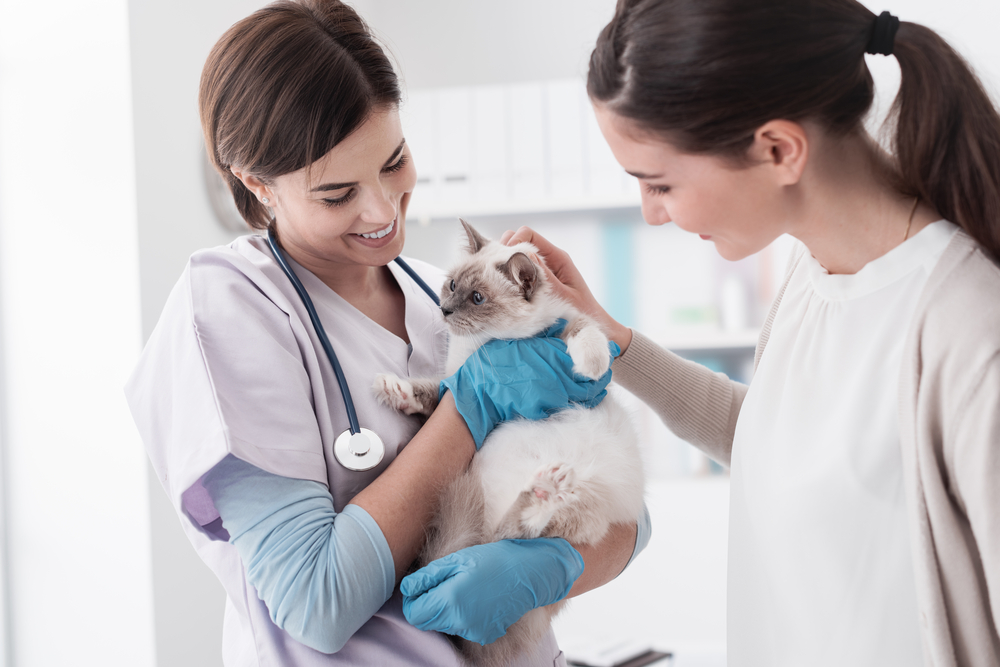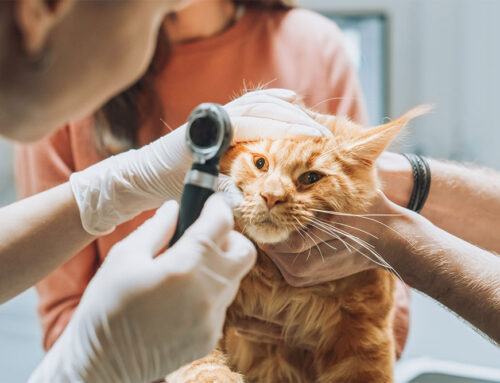A 2013 Bayer Healthcare study showed that 58% of cat owners reported that their cats hated going to the veterinarian. While angry cats are never pleasant, regular visits increase the likelihood of a long and healthy life. Keeping a cat away from the exam room may decrease short-term stress, but shorten their lifespan.
Why are cats so angry? How can you prevent your new cat or kitten from developing a similar adversarial relationship with his medical providers? Livingston Animal Hospital is ready to shed light on the complicated emotions some cats experience at the veterinary hospital, and provide the building blocks for creating a harmonious relationship for your cat.
Why is that cat so angry?
“Oh, he just hates it here.”
This may be the most popular refrain heard inside the four walls of the cat room at veterinary hospitals across the country.
We know they do. And it’s not their fault.
Their mysterious nature has made cats a victim of misunderstanding for decades, especially at the veterinary hospital. Thankfully, huge strides have been made in the field of feline medicine and behavior. We now have a better understanding of the cat’s perspective, their body language, and their unique healthcare and emotional needs. Veterinary medicine has learned to listen to what cats have been telling us all along.
Nurturing a pet’s warm fuzzies—five building blocks
#1: The cat in the crate
For many cats, the appearance of the crate or carrier announces an upcoming trip to the veterinarian. In other words, the crate’s appearance equals the cat’s disappearance. Here is a primer for positive crate training:
- Purchase a few styles, such as a plastic crate, ideally with two access doors, a soft-sided carrier such as an airline bag, and a cardboard carrier. Put these crates in separate rooms as you try the following tips and see if they show a preference.
- Spray some feline pheromone, such as Feliway, on a bed or blanket and place in the crate. Pheromones naturally appeal to cats and promote feelings of comfort and calm.
- Introduce food toys or lickable treat mats so your cat willingly spends time inside the crate.
- Do not place the crate in high traffic areas or near the litter box.
- Consider clicker training for your cat. Cats are incredibly intelligent and respond readily to positive reinforcement. Through this method, the learner (i.e., the cat) is in charge of the process as they learn the behavior that gains the reward. You can teach your cat to voluntarily enter his crate.
#2: The cat on the car ride
As with the crate, car rides typically mean one thing for cats. A ride with a yowling, soiling, or vomiting cat is no joy ride for the owner. Once your cat is happy in their crate, begin short sessions in the car.
- Never feed your cat right before a car ride, to prevent nausea.
- Position the carrier securely. On the floor behind the front seats is the safest location.
- Give free rides. Position the crate and drive only a short distance. Start with driving to the end of your street, and then return home. Gradually increase the distance.
- Always carry the crate by supporting the bottom and not the handle on top. Always set the crate down gently.
#3: The cat in the lobby
The hospital lobby can be intimidating and overwhelm a cat. Keep the following in mind as you move through check in:
- Call ahead. See if you can skip the lobby and go directly to the exam room.
- Provide extra security while in the lobby by placing a light blanket or towel over your cat’s crate.
- Keep the crate on a chair beside you. Never place the crate on the floor where curious dogs could bombard your cat.
#4: The cat on the table
There are things you can do at home to build your cat’s confidence for this portion of the veterinary visit, as well.
- Expose your cat to different textures and substrates in your home by using a line of treats—affectionately known as a treat trail—or a favorite toy to lure them across. Cats are sensitive to surfaces.
- Bring a non-slip rug or a yoga mat to the veterinary hospital to use on the metal exam table, to make your cat feel more confident and relaxed.
#5: The cat being handled and groomed

Pet any cat for more than 10 seconds and you will learn they are sensitive about touch. Cats have explicit tactile contact rules, and their rules change regularly. Help your cat understand that handling and grooming are no big deal by keeping any training brief and never forcing touch.
- Pair touching and petting with a tasty treat.
- Begin by petting areas you know your cat loves, and then briefly touch a less familiar area, such as a foot, or peek in one of their ears. Return to the favored areas each time.
- Keep all movements slow and gentle. Cats do not appreciate tapping, clapping, or rough dog-style petting.
- Always end the sessions before the cat elects to leave.
Many cats resent the veterinary hospital, and many cats have good reason. At Livingston Veterinary Hospital, we strive every day to be an advocate for cats and their unique and specific health and behavior needs. Contact us to schedule an appointment, or to discuss how you can apply these building blocks for your cat. Together, we can change the script to: “Oh, he loves it here!”







Leave A Comment